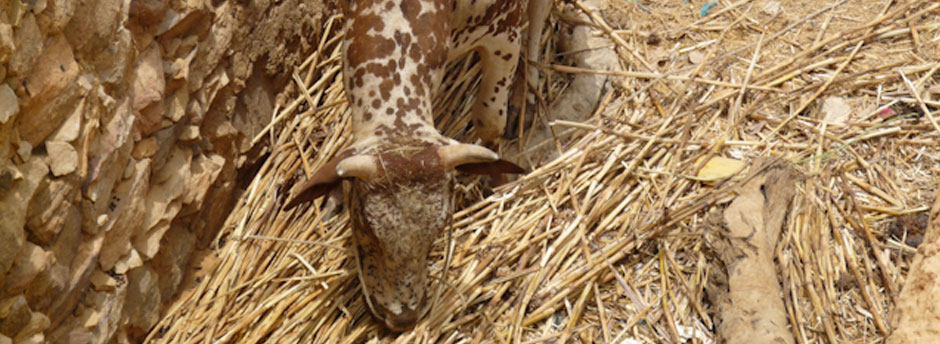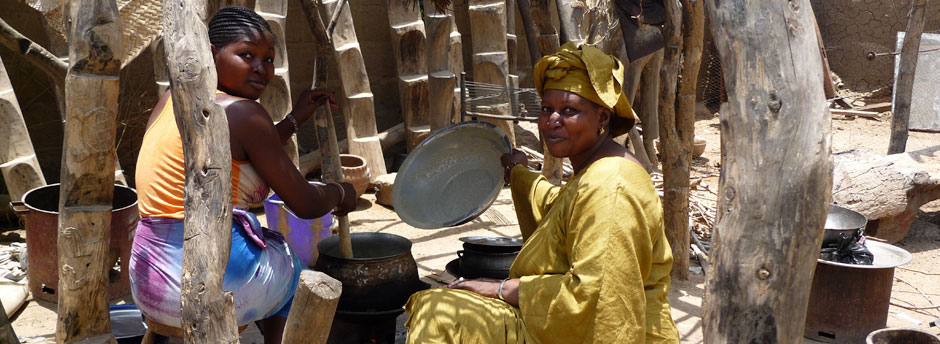The baoule
The Baoulé or Baule people inhabit the geographic centre of the Ivory Coast or Côte d’Ivoire.
>> In the 18th century, they intertwined with the Akan people of Ghana, however, it is said that they share their origins with the proto-Guro people. It is from the Guro that they inherited the use of masks, as the Akan people do not use masks.
>> The Baoule use three principal types of masks:
- The first is the buffalo with flat curved horns and highly angular features; this mask is used as a symbol of protection for the village.
- The second is typically a round face with realistic features, a nose in the shape of a « T », half-moon eyes, the head topped by an elaborate coiffure; these masks are reserved for festivities.
- The third is the Goli mask, worn during the harvest of crops or during funerals.
>> Baoulé statuary may be divided into two categories:
- Firstly, the realistic portraits of the deceased that the Baoulé believe still contain the spirit of the deceased as a result of the resemblance captured,
- Secondly, the half zoomorphic statues representing deities or spirits of the bush.
>> To the latter various attributes may be assigned such as raphia loincloths adorned with bells or beads, bracelets, anklets, or a necklace with a thunderstone. These figures are often depicted with legs bent and arms folded or hands joined holding a bowl.
>> Statuary will have differences and resemblances due to the shared functions; it is the talent of the sculptors that will take freedom in depicting the stylistic norms. The Baoulé believe that the more aesthetically pleasing will be a statue the more power it will possess.
>> The Baoulé or Baule are also known for their objects of everyday use that are finely adorned and possessing great stylization; doors, spoons, gong-tappers, heddle pulleys, oracle boxes, stools, canes, figural ointment containers are amongst some of the objects produced.




 1
1 2
2 3
3